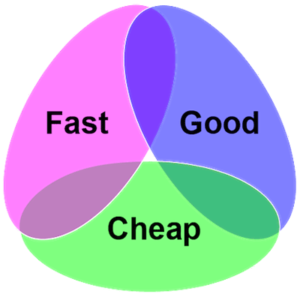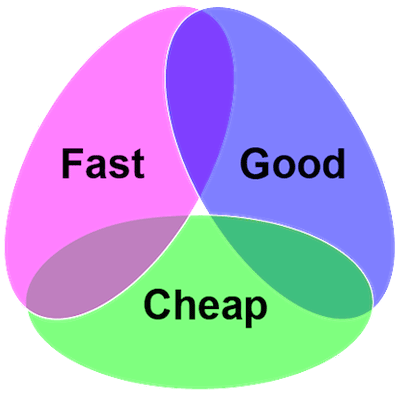Making localization “better”
This post is the first in a series about the value proposition of localization strategies. You can also see a presentation on this topic at LavaCon this October.
Localization issues are a primary reason companies seek help with a new content strategy. One of the most common questions we hear is, “How do we make our localization process better?”
When we’re asked this question, we turn the question around. What is wrong with your current localization process? What would you like to improve? How do you define “better?”

Usually when companies say they want “better” localization, they mean that they want to make a combination of improvements; they are paying too much for problematic translations that take too long to produce.
In short, they’re not getting value for their efforts.
Defining localization value
Localization value is usually measured in two ways:
- Cost: how lean can it get?
- Quality: how accurate and error-free can it get?
What’s interesting is the absence of “Time” in the value assessment. This absence is largely due to viewing localization as an end-game process. To measure and see the powerful value of time, we must look at time to market.
How much of a revenue increase would result in bringing multilingual versions of a product to market three months sooner? Six months sooner? Concurrent with the “core” release?
How favorably do your multilingual customers currently view your company? How might that change if they could receive the same level of product or service within the same timeframe as other customers? Would they be more likely to promote your company? Might that increase sales in certain markets?
Improving time to market for localized products and services can be tricky, and should always include improvements in cost and quality. More on this in the next post in the series. But for now, a parting question:
What do you see as your biggest localization hurdle to overcome?



Ted
For us, the biggest is prioritization of validation. In our process, the content is localized and then validated by a local subject matter expert. And so far that’s the big hurdle: getting the local SME to prioritize the validation, which often leads to a delay in completing the localization.
Bill, I’d wager that’s because we’re failing at the last part of your article: demonstrating the value of the localization. We’re not capturing revenue increase (or loss), customer perception, or customer loyalty related to content localization.
Good food for thought…
Bill Swallow
Hi Ted,
Sadly, that’s extremely common. You’re right that it is likely – in part – due to a value disconnect, but it can also be a prioritization problem. Unless the local SME has the time blocked for such activities, they will fall through the cracks. Not only does the SME need to understand the value, but the SME’s manager needs to understand it as well. These reviewers need to be a formal part of the project. It will give them visibility into their responsibilities and allow them to plan for the work. Of course, it will also allow the project manager to better track and “nudge” the effort along if needed.
But I’ve seen many cases where the local SMEs are asked to do these reviews with minimal advanced notice. More likely than not, this is not their primary role. They may already have a full plate and are asked to then take the time to review the translated product in addition to their other responsibilities. Depending on the size of the need, it may be impossible for them to get that work done quickly. And you don’t want that work rushed or glossed over.